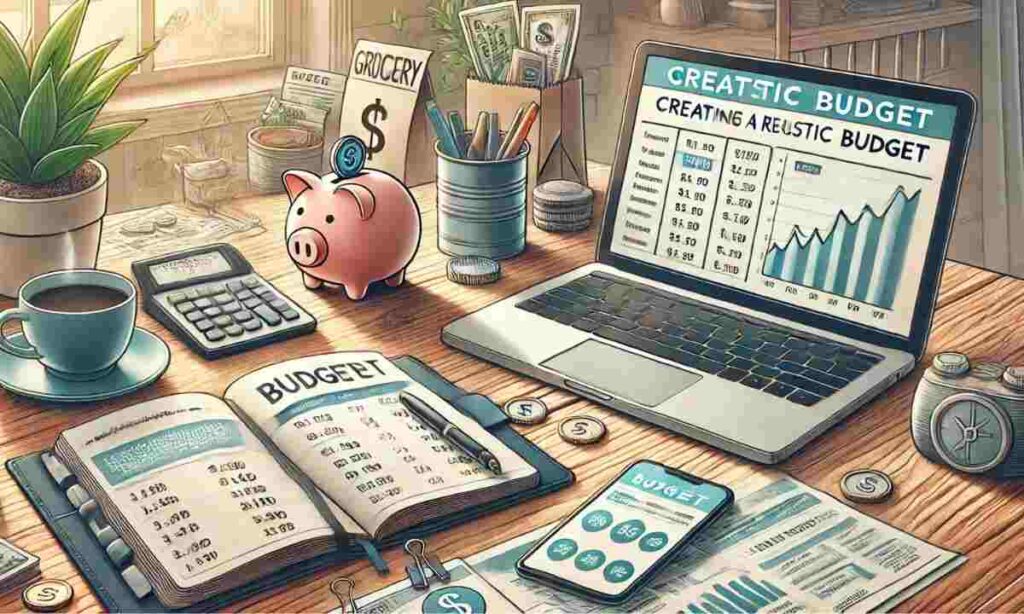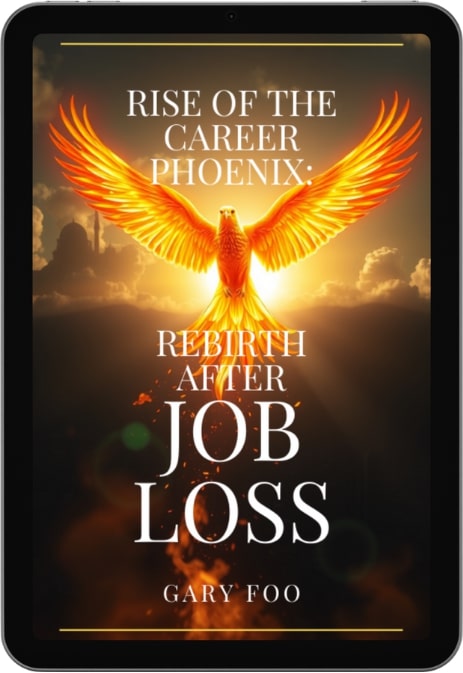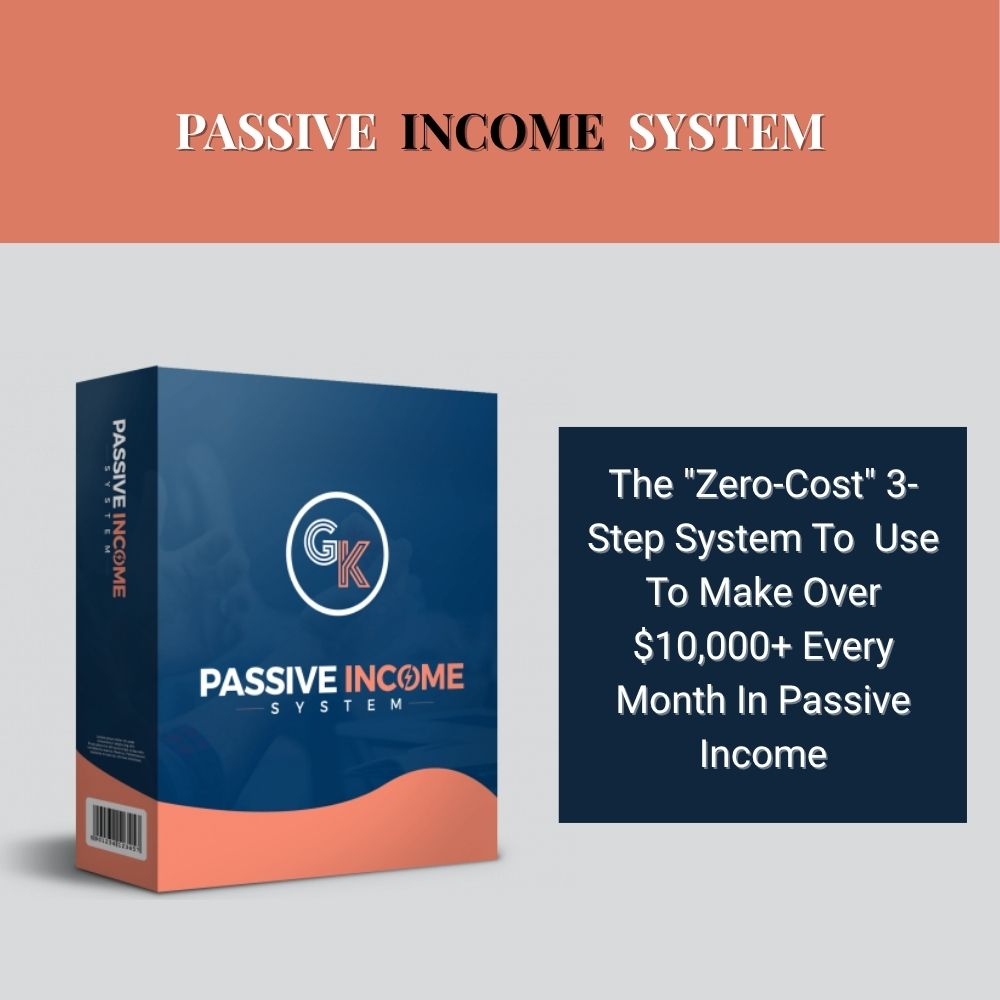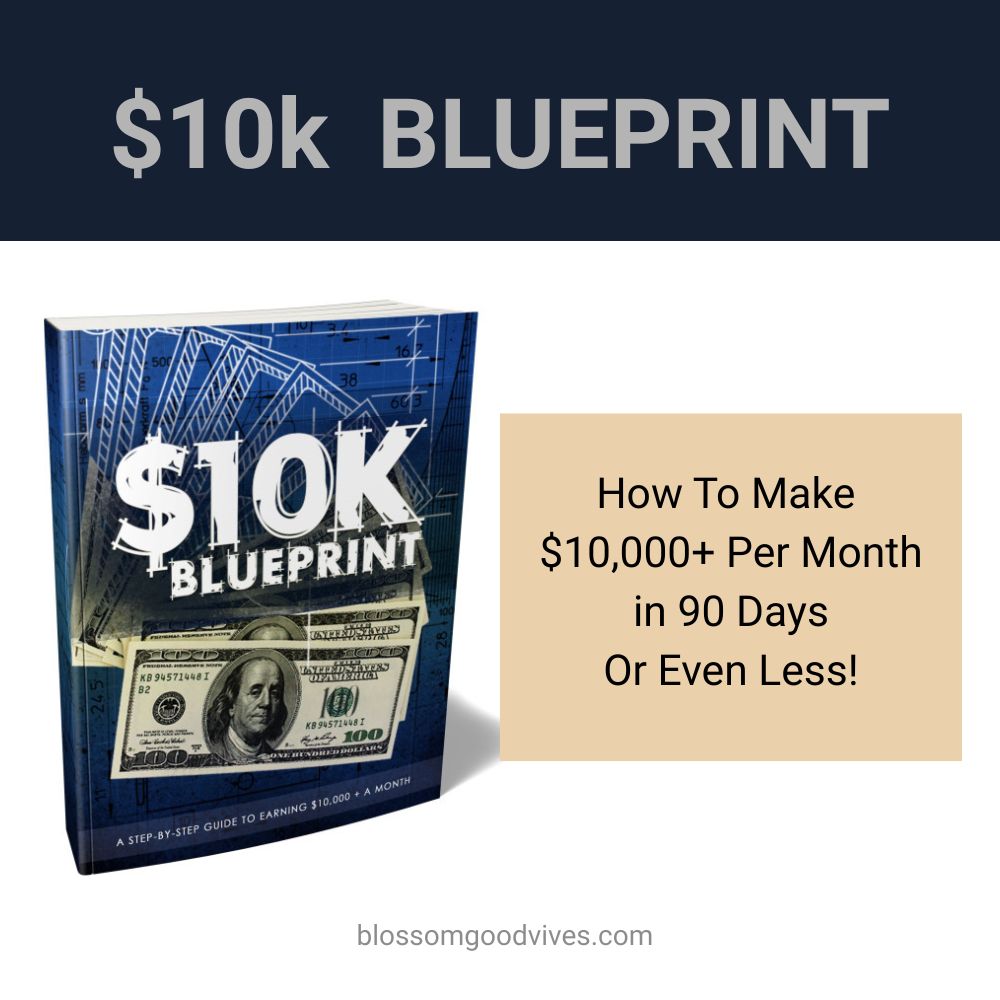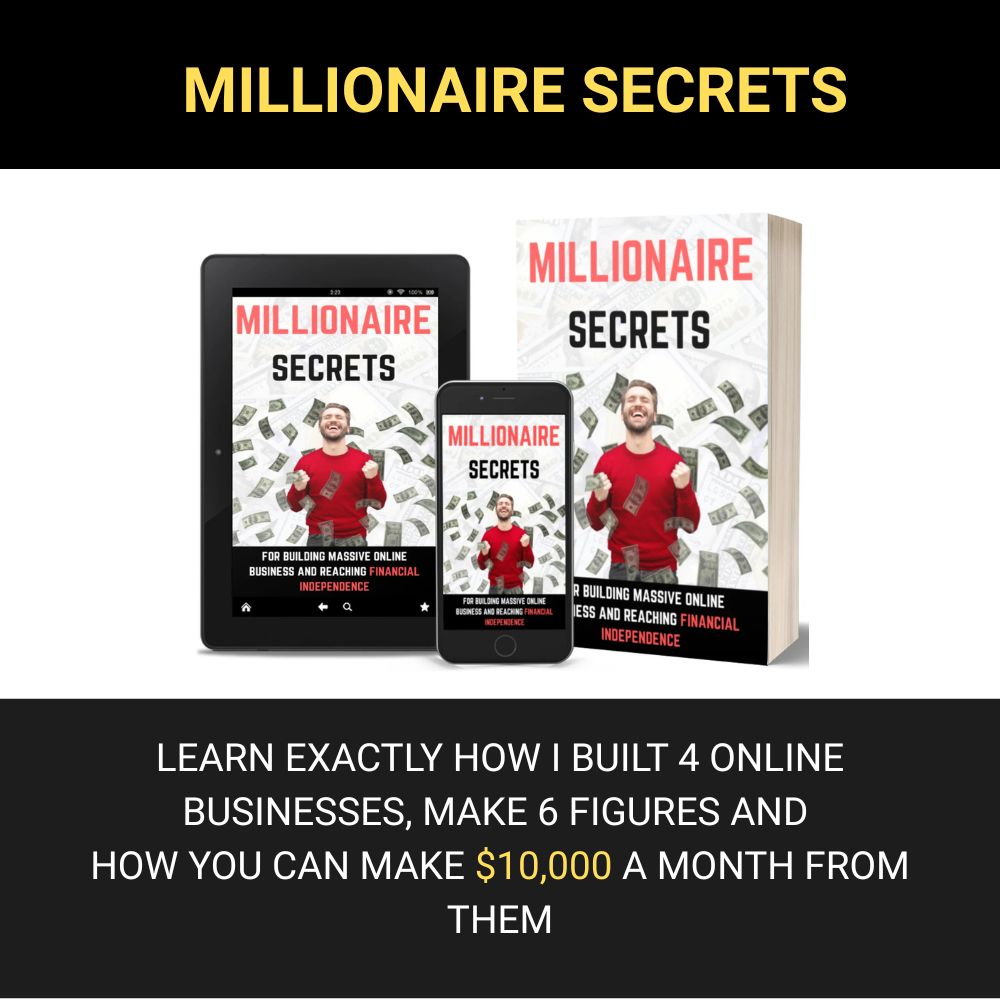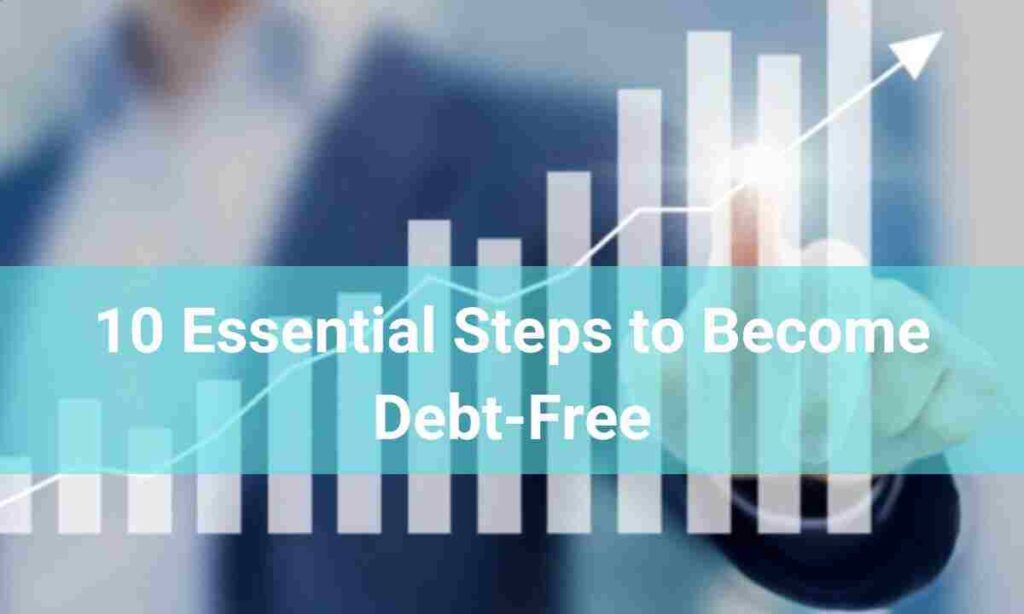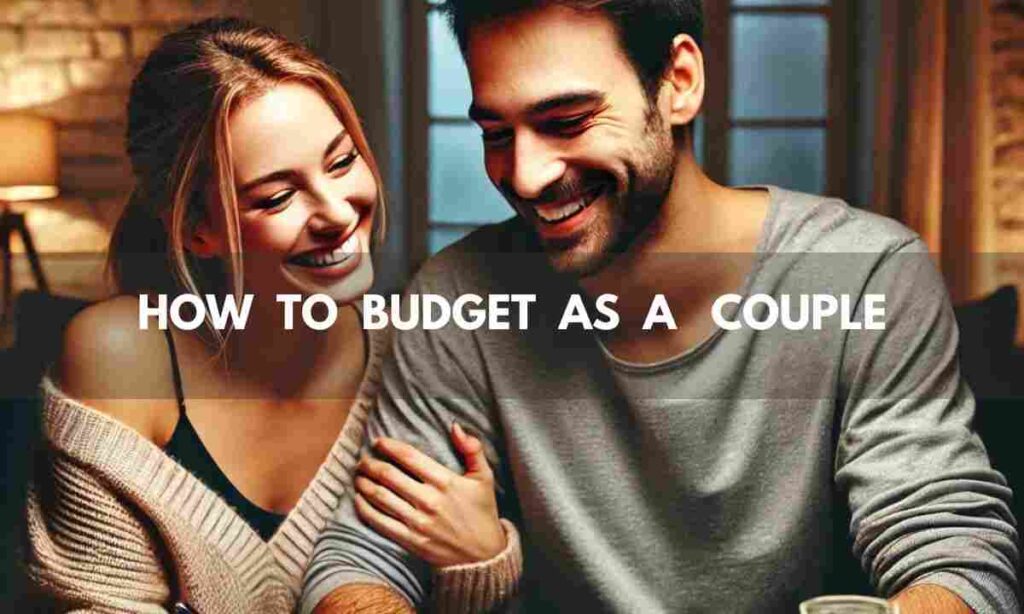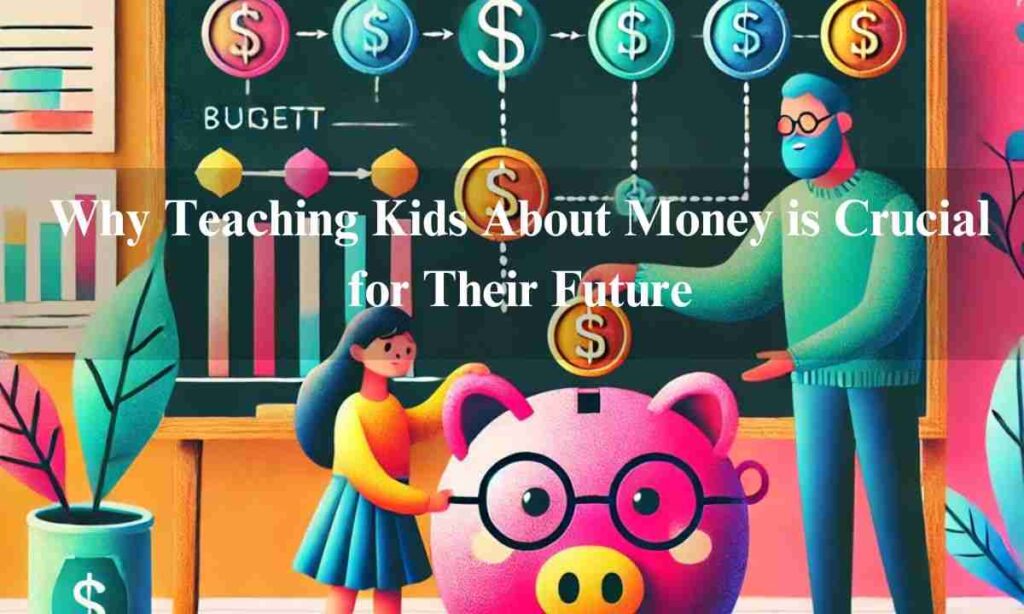Budgeting. It’s a word that has haunted many a bank statement and caused countless “where did all my money go?” moments. I used to be one of those people who thought budgeting was for finance majors or spreadsheet wizards—not for someone like me. Then, I stumbled upon a healthy budgeting method that quite literally changed my financial life. And, believe it or not, it all started with what I call the “Cappuccino Epiphany.”
The Cappuccino Epiphany
Picture this: It’s beautiful Monday morning, and I’m standing in line at my favorite coffee shop, cradling a $6 latte that I didn’t need (but wanted badly).
That’s when it hit me: I’d spent over $200 on coffee last month. I could practically feel my bank account side-eyeing me. At that moment, I decided I needed a change. But how?
Introducing: The 50/30/20 Budgeting Method
In my search for a budgeting approach that didn’t make me feel like a miser, I found the 50/30/20 rule. The premise is simple:
50% of your income goes to essentials (housing, utilities, groceries—basically things that keep you alive).
30% is for wants (yes, lattes go here, as do dinners out, Netflix, and maybe even the occasional pair of shoes you don’t really need).
20% goes into savings or debt repayment (so, you know, future-you doesn’t end up eating ramen for breakfast).
The beauty of this method? It wasn’t telling me to cut out all the fun. It was giving me a license to spend, guilt-free, but with a limit. It was simple, sustainable, and, most importantly, it allowed me to keep my precious lattes.
Real-Life Example: The First Month
I’ll be honest: that first month of 50/30/20 budgeting was a wild ride. I set up a spreadsheet to track my income, categorized my expenses, and then set the numbers up according to the method.
After getting past the initial shock of seeing how much money I spent on “wants,” I made some big changes.
For example:
Wants – Instead of hitting up my coffee shop every day, I went every other day and brewed my own coffee on the off days. I saved $100 right there, which felt like winning the lottery.
Essentials – Realizing that food was a big chunk of my essentials, I learned the art of meal-prepping. Not only did I start eating healthier, but I saved on groceries, reducing my food budget by nearly 20%.
Savings/Debt – For the first time, I was able to set aside a decent amount of money each month. That cushion in my savings account? Let’s just say it feels as cozy as the fluffy throw blanket I can now afford.
Unexpected Benefits (Beyond Saving Money)
I didn’t expect budgeting to impact my life beyond finances, but it totally did. For one thing, I started planning out my wants more carefully. I began looking forward to each coffee outing because it felt like a treat. I also noticed that my “wants” category filled up with experiences over stuff—I started going to the farmers’ market, taking more nature hikes, and cooking with friends.
Let’s be real: some months are just more expensive than others. Like when your car decides it’s finally time to make the weird noise it’s been threatening for months, or when wedding season hits. There were definitely times I went over my budget, but I didn’t beat myself up over it. The great thing about the 50/30/20 rule is that it’s flexible. I’d just adjust my next month’s budget to make up for it.
Adding a Little Humor to the Process
I started having a little fun with it, assigning names to my expenses. My “wants” category became the “Treat Yo’ Self” fund, my “essentials” category became “Adulting 101,” and savings turned into the “Future Chill Fund.”
I also took it as a personal challenge to find the funniest ways to save money. I hit the library for books and movies instead of subscribing to more streaming services. I hosted “potluck dinner nights” with friends instead of dining out, which were way more fun (and somehow cheaper than any restaurant). Saving money became a game, and for once, I actually started enjoying it.
Wrapping Up: Why 50/30/20 Worked for Me
The 50/30/20 budgeting method worked for me because it was realistic. I wasn’t denying myself all the little luxuries that bring joy. Instead, I was just being mindful of them, setting some limits, and understanding where my money went. Over time, I built enough savings for an emergency fund, planned a vacation, and, perhaps best of all, never felt like I was depriving myself.
If you’re looking for a budgeting method that’s simple, sustainable, and won’t make you swear off lattes forever, give 50/30/20 a shot. It might just change your life, one budget-friendly cappuccino at a time.
RELATED ARTICLES:
Creating a realistic budget that works is key to achieving financial stability.
How to Budget as a Couple: A Guide to Financial Harmony
Why Teaching Kids About Money is Crucial for Their Future

